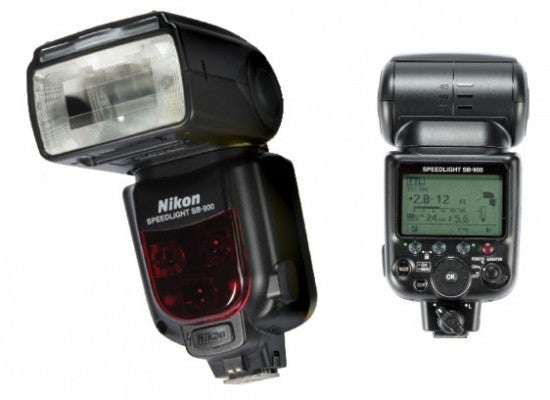Review of the Nikon Speedlight SB-900 flash
Nikon Speedlight SB-900
Nikon’s latest flagship flashgun has been redesigned from the ground up and is a completely different beast from its predecessor, the SB-800. It’s larger, heavier, curvier, and so sophisticated that you’ll almost certainly need to read the chunky 140-page manual to work it out. Once mastered, though, you’ll find there’s nothing this flash can’t do.
You can choose from numerous exposure modes (including TTL, non TTL auto, aperture priority, distance priority, manual and repeating flash), and various sync modes (front/rear curtain, slow sync etc), illumination patterns (three settings from even to concentrated), and manual output levels (down to 1/128th power). There are also several ways to trigger the flash, including via the locking hotshoe mount, a PC sync socket and of course wirelessly, either in iTTL or manual mode. You can trigger it off-camera using your built-in flash or the optional SU-4 trigger, or use the SB-900 as the master to fire additional flashes.
Though the power hasn’t increased from the SB-800, recycling time has been cut by at least half – two or three seconds using NiMH cells and as little as one second using the optional SD-9 battery pack.

The zoom range has been dramatically widened to cover from 17mm up to an industry-leading 200mm (up from 105mm) and the head itself can rotate 180° in either direction. The built-in wideangle diffuser and white bounce card slide out from a slot above the head, and a micro switch in the head detects when either of these are being deployed. Nikon also supplies a clip-on Diffusion Dome which lives in a zip compartment in the bottom of the case (where you’ll also find a set of colour filter gels and a clip-on holder).
Rear Controls
The back of the gun, where all the controls are found, sees an entirely new interface based around a large LCD info screen and a chunky rotating control wheel, which lets you whizz through the various modes and options at a fair lick.
The power switch now has four positions – Off, On, Remote and Master, so for wireless TTL work you can now quickly go into the mode required without having to faff about going through menus. Also on the back are a mode selection button, a manual zoom button a ready light/test button and, under the LCD, three translucent selection buttons whose purposes change according what mode you’re in.
Getting into the menu isn’t obvious, but is achieved by holding down the OK button in the middle of the control wheel. Once in, you’re able to scroll through 20 different sub-menus, controlling everything from the ISO range to a metric or imperial display.
Verdict
Flash performance is flawless - powerful, fast and unerringly accurate, with fine control over every aspect of its operation. The wireless operation is also impressive (once you figure out how to set it up). Its complexity, however, is also its Achilles' heel - the SB-900 is far more sophisticated than most people need and potentially intimidating to all but the most expert flash users. But if you want the best, and you know





